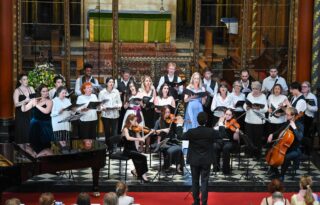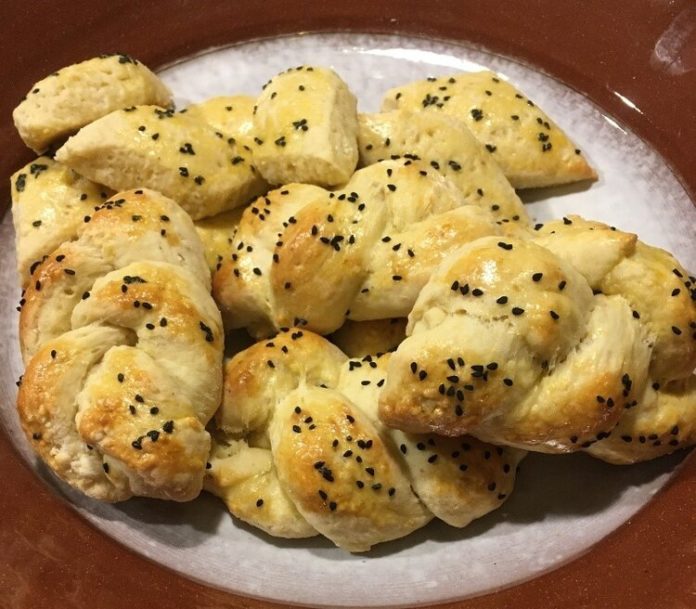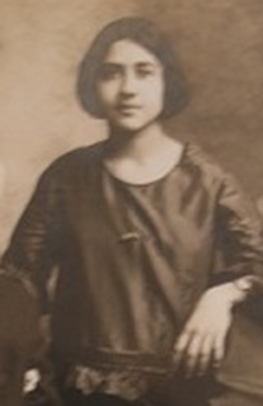WATERTOWN — This recipe from Janice Okoomian is featured at the Armenian Museum of America website. Janice, a professor of English/Gender & Women’s Studies at Rhode Island College, contributed this recipe in honor of her beloved grandmother, Goldie Nakashian.
Voski Takouhi Victoria Nakashian (neé Mardirosian) was named after Queen Victoria of England, whom her mother admired. (“Golden Queen Victoria” is the translation of her name; she was known as “Goldie.”)
“Goldie was born in 1907 in Everett Massachusetts, where she lived for her entire life,” says Janice. “Her mother, Khosrofouhi Arzoumanian, was the niece of Bishop Drtad Balian, the Bishop of Gesarya and a member of the Balian architect family. Her father, Mgrdeech, from Kharpert, was a cooper (a barrel maker) and performed with a touring wrestling team in the United States. Khosrofouhi believed in education for women, so she sent Goldie to college, where she completed one year of study. Goldie married Ludwig Nakashian in 1926, and had two children, Phyllis (Janice’s mother), and Martin.”
“Goldie was an amateur oil painter and poet. I have many of her seascapes hanging in my house, and some of her poetry was published in magazines. She also developed a hobby of entering contests, and she got very good at winning them. On the way home from the hospital after the birth of her son, in 1931, she stopped by an airfield and won the prize for the youngest baby. The prize was a ride in an airplane. My childhood home was full of transistor radios, kitchen appliances, skateboards, and other objects that my grandmother had won in contests. Often, she would have to write a jingle or poem for the contest. She also adapted her Armenian recipes for an American context. In the 1960s, when Jell-O ran a contest for recipes using Jell-O, Goldie was one of the winners, with a recipe she called ‘Mediterranean Jell-O Delight,’ which was basically a Jell-O mold version of jajek – madzoon, cucumbers, and mint.”
“I learned to cook at her elbow,” adds Janice. “We collected rose petals from her garden and made rose syrup; she taught me to make “shekher lokhom” (kourabia), paklava, and many other Armenian delights. My grandfather made madzoon on the steam radiator in the kitchen, and we would put his madzoon on our pilav.”
The Armenian Museum of America in Watertown, MA re-opened last month with an updated “art, culture, eternity” exhibition highlighting over 3,000 years of Armenian culture and new contemporary art exhibits in the Adele and Haig Der Manuelian Galleries. It is a living museum that collects and preserves religious and cultural artifacts and artwork, and presents multi-media programs that illustrate the creative endeavors of the Armenian people. The museum’s website also presents cherished recipes from Armenian families and contributors that reflect Armenia’s rich and diverse history, and the adaptability and strength of an enduring people.









